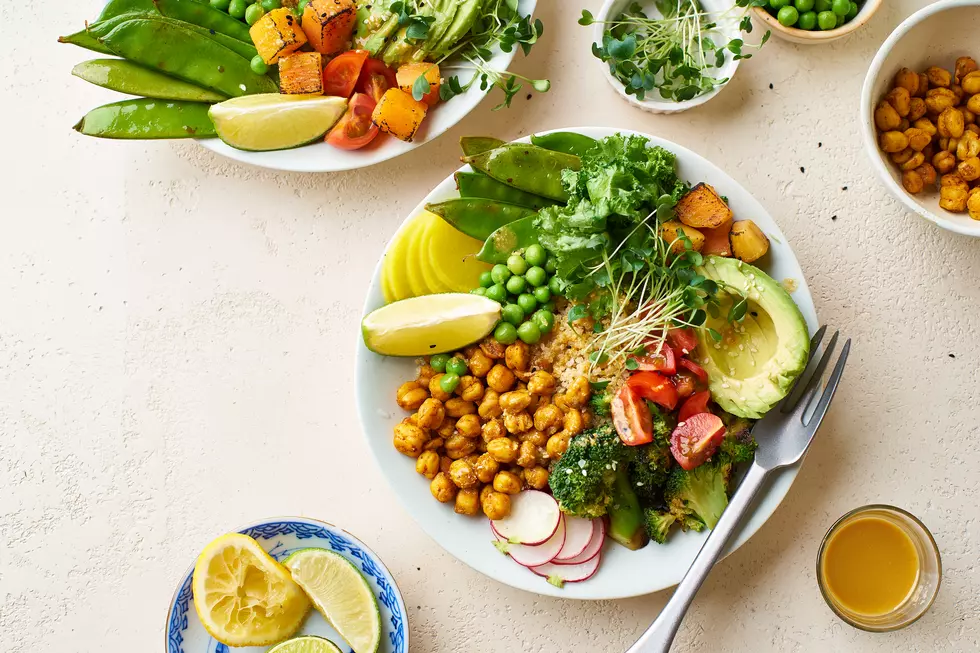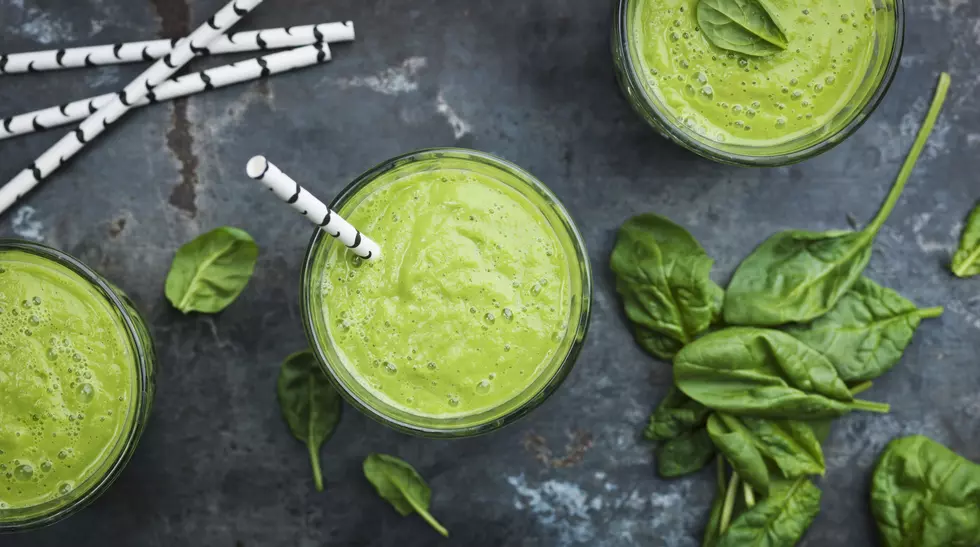
7 Ways to Get Meat Lovers to Eat More Plant-Based, According to Nutritionists
Your grill-master dad recently just saw his cardiologist and tells you he wants to make some dietary changes. Your best friend from college recently reached out saying she’d love some help in embracing a more plant-based lifestyle. Whatever the case, you’re grillin’ (tempeh) and willin’ to help. But what’s the best tactic? According to a study from Faunalytics, a research organization that studies ways to encourage meat-eaters to go plant-based, asking someone to reduce their meat intake is more effective than asking them to go entirely vegan.
Nutritionists who help people get healthier for a living, offer their best advice for how to approach someone or how to coach a loved one who has told you they want to reduce their meat and dairy consumption. Here, the pros share their top tips for helping bring someone along a plant-based journey to help them just add more fruits and vegetables to their plates.
1. Tell them that instead of subtracting animal foods, focus on adding more vegetables
Larger lifestyle shifts can come later, but one of the best ways to start out is by having friends and family members think about what they can add to their plates, instead of what they “have to” take away. “The easiest way to eat more plant foods when it comes to vegetables is to just add more to your current meals. For example, if you're following a recipe, and it calls for one cup of spinach add two-to-three cups or if you're adding roasted vegetables to your plate make sure to add an extra one or two spoonfuls,” suggests Kathleen Oswalt, RDN.
2. Help them set small goals to hold themselves accountable along the way
Look, not everybody is going to go cold turkey into the plant-based world (or even nix eating meat completely). In fact, making a huge change like cutting animal protein out of your diet all at once is less likely to stick, says Melanie Betz MS, RD, CSR, CSG at The Kidney Dietitian. Instead, she advises people to set small, thoughtful goals that feel “right and realistic” to them to achieve the ultimate change they want to make. “For some, this might be Meatless Mondays. For others, it could be eating meat just two days a week.”
3. Make veggies taste like something they’re used to eating
“When veggies are cooked and seasoned in a familiar way, people are surprised at just how tasty they can be,” says Emily Danckers, MS, RD. “Try grilling a half of a romaine lettuce heart, or mash up some parsnips to make a mashed potato-like side dish.” Cauliflower crust pizza?. Bring it on.
4. Have them practice this genius “seconds helpings” rule
“I like to tell clients to go for second helpings of vegetables before second helpings of anything else,” says Talia Hauser, RD, LDN. “This way you know you're getting more vegetables in your diet but also filling up on low-calorie, nutritious foods.” For a side dish that’s sure to have people digging in for more, try this grain millet and cauliflower mash with garlic gravy.
5. Spark their curiosity
Like anything in life, internal motivation is key to making positive, sustainable change. One easy way to get the motivation to come from a loved one and not from, say, your nagging or shoving kale-everything down their throats is to let them get involved proactively with meal planning. “Ask them what they would like to try. Ask them which veggies they like or are interested in,” says Danckers. “Picking out a recipe together makes someone much more interested and involved than when they are forced to try something that they had no hand in choosing.”
6. Utilize “transition foods”
If you live with a loved one who you’re trying to help eat more plant-based, follow the lead of Anna Tseng, MPH, RDN, LDN, and start looking for ways in which you can add more plant-based ingredients into meals a few times a week. “For super carnivorous types, using a bit of ‘transition foods’ such as commercially processed vegan meat alternative products may be helpful in the beginning stages of the transition and these can be phased out later in the transition if desired,” says Tseng. “Start to make small adjustments to existing meals (e.g., using shredded vegan cheese instead of dairy cheese shreds, a vegan mayonnaise, or using soy-based hot dogs), beginning with one new plant-based change at a time and when that is accepted, moving on to the next.”
7. Think beyond dinner
Many often prioritize vegan meals at supper but forget about other opportunities to add in more plants throughout the day. “Breakfast is a great way to up your vegetable count for the day... Add fresh or frozen veggies to scrambled eggs or an omelet, top a breakfast sandwich with spinach and tomato or try a breakfast burrito with scrambled eggs, black beans, peppers, and onions,” says Andrea Stokes, BASc, RD. Remember, the more anyone tips the scale towards eating more plant-based foods — even if it’s sautéed veggies over eggs instead of a totally vegan tofu scramble — it’s a step in the right direction for health, the planet, and animal welfare.
A few more ideas: “You can even add vegetables to homemade baked goods. For example, you can toss in some shredded zucchini or carrot to muffin recipes, or try a scoop of pumpkin purée in your oatmeal or morning smoothie,” adds Stokes. P.S. These vegan oatmeal carrot muffins will blow any kind of eater away — even your grillmaster dad.
Top 10 Sources of Plant-Based Protein According to a Nutritionist
More From The Beet









